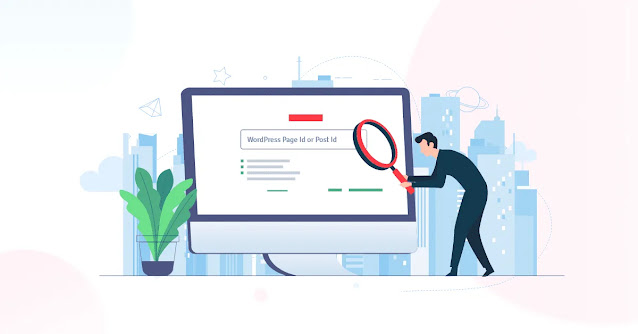Building Your Own Mental Health Tracker App [A Step-by-Step Guide]
In today's fast-paced world, mental health awareness is more crucial than ever. With the rise of technology, there's a growing demand for tools that can help individuals monitor and manage their mental well-being. Building a mental health tracker app can be a rewarding project that not only serves a purpose but also contributes positively to society.
Understanding the Need
Before diving into the technicalities of app development, it's essential to understand why such a tool is necessary. Mental health issues are pervasive, affecting millions worldwide. However, due to stigma and lack of resources, many individuals struggle in silence.
Key Features to Consider
When brainstorming the features of your mental health tracker app, it's crucial to focus on usability and effectiveness. Here are some key features to consider:
Mood Tracking: Allow users to log their daily moods using a simple interface. This could be a scale from 1 to 10 or a selection of emojis representing different emotions.
Activity Logging: Enable users to track their daily activities and routines. This could include exercise, sleep patterns, work hours, social interactions, and more.
Journaling: Provide a platform for users to jot down their thoughts, feelings, and experiences. Journaling can be therapeutic and provide valuable insights into one's mental state over time.
Goal Setting: Allow users to set personalized goals related to their mental health. Whether it's practicing mindfulness, improving sleep habits, or reducing stress, goal-setting can motivate users to make positive changes.
Reminders and Notifications: Implement reminders and notifications to encourage users to engage with the app regularly. Reminders for journaling, mindfulness exercises, or medication can help users stay on track with their mental health goals.
Technical Implementation
Now that you have a clear vision of the features you want to include, it's time to dive into the technical aspects of app development. Here's a brief overview of the steps involved:
Choose a Platform: Decide whether you want to develop your app for iOS, Android, or both. Consider factors such as target audience, budget, and development resources.
Select a Development Framework: Choose a development framework that aligns with your platform choice. Popular options include React Native, Flutter, and Xamarin.
Design the User Interface: Design an intuitive and user-friendly interface that prioritizes simplicity and accessibility. Consider conducting user testing to gather feedback and refine your design.
Implement Key Features: Begin development by implementing the core features of your mental health tracker app, such as mood tracking, activity logging, and journaling.
Integrate APIs and Services: Integrate third-party APIs and services to enhance the functionality of your app. For example, you could integrate weather APIs to correlate mood with weather patterns or meditation APIs for guided mindfulness exercises.
Test and Iterate: Thoroughly test your app to identify and fix any bugs or issues. Solicit feedback from beta testers and iterate on your design and functionality based on their input.
Launch and Promote: Once you're satisfied with the quality of your app, it's time to launch it on the respective app stores. Develop a marketing strategy to promote your app and reach your target audience.
Conclusion
Building a mental health tracker app can be a challenging but immensely rewarding endeavor. By providing users with the tools they need to monitor and manage their mental well-being, you can make a positive impact on countless lives. Remember to prioritize usability, effectiveness, and empathy throughout the development process, and you'll be well on your way to creating a valuable resource for mental health support.




Comments
Post a Comment